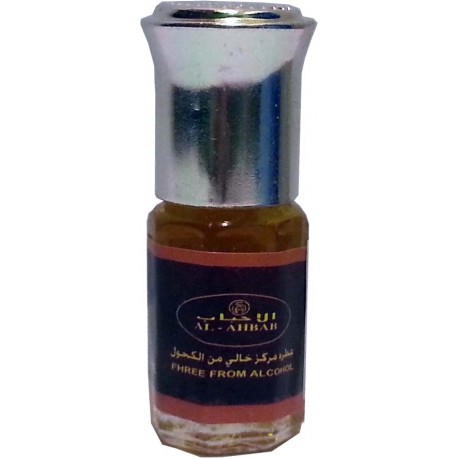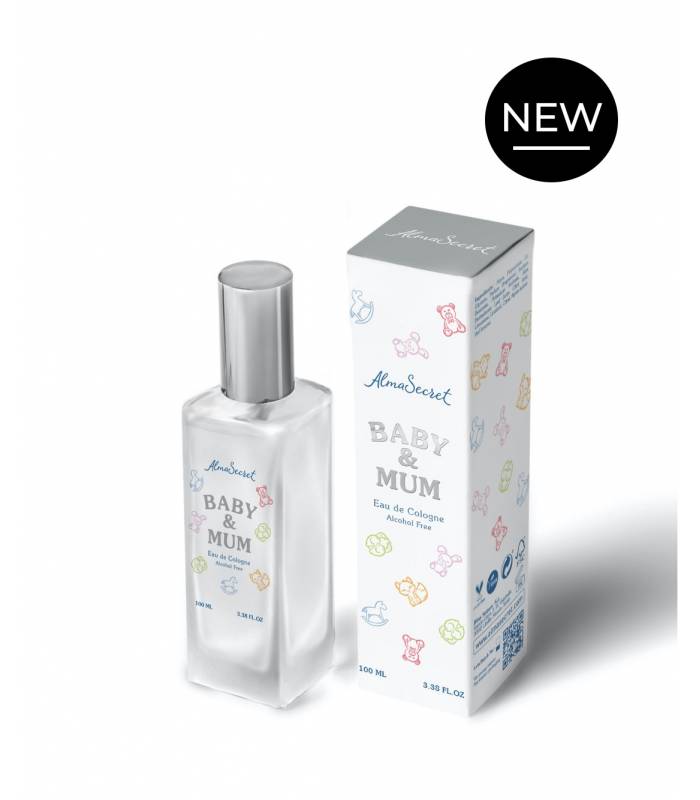
Set de 3 Almizcle Musk LORD Al Rehab 6ML Perfumes de Mujer Perfumes Hombre Attar Perfume Sin Alcohol 100% de Aceite Almizcle Oud Roll on, NOTAS: Amaderado, Picante, Pachulí, Ámbar : Amazon.es: Belleza

Prime Calidad Óptima Fragancia Unisex Sin Alcohol Superventas Perfumes para Hombre/Mujer 6 ML Diferentes Aceite De Perfume - SHADHA, 6ml : Amazon.es: Belleza

Set de 3 Almizcle Musk BLEU Al Rehab 6ML Perfumes de Mujer Perfumes Hombre Attar Perfume Sin Alcohol 100% de Aceite Almizcle Oud Roll on, NOTAS: Citrus, Patchouli, Oud, Musky : Amazon.es: Belleza

Set de 3 Almizcle Musc SOFT Al Rehab 6ML Perfumes de Mujer Perfumes Hombre Attar Perfume Sin Alcohol 100% de Aceite Almizcle Oud Roll on, NOTAS: Caramelo, Cítricos, Vainilla, Dulce, Almizcle :

Perfumes naturales, eco... todo lo que tienes que saber sobre las fragancias de las que todos hablan | Telva.com

Set de 3 Almizcle Musk BLANC Al Rehab 6ML Perfumes de Mujer Perfumes Hombre Attar Perfume Sin Alcohol 100% de Aceite Almizcle Oud Roll on, NOTAS: Cítrico, Almizclado, Fresco, Epico : Amazon.es: Belleza






















